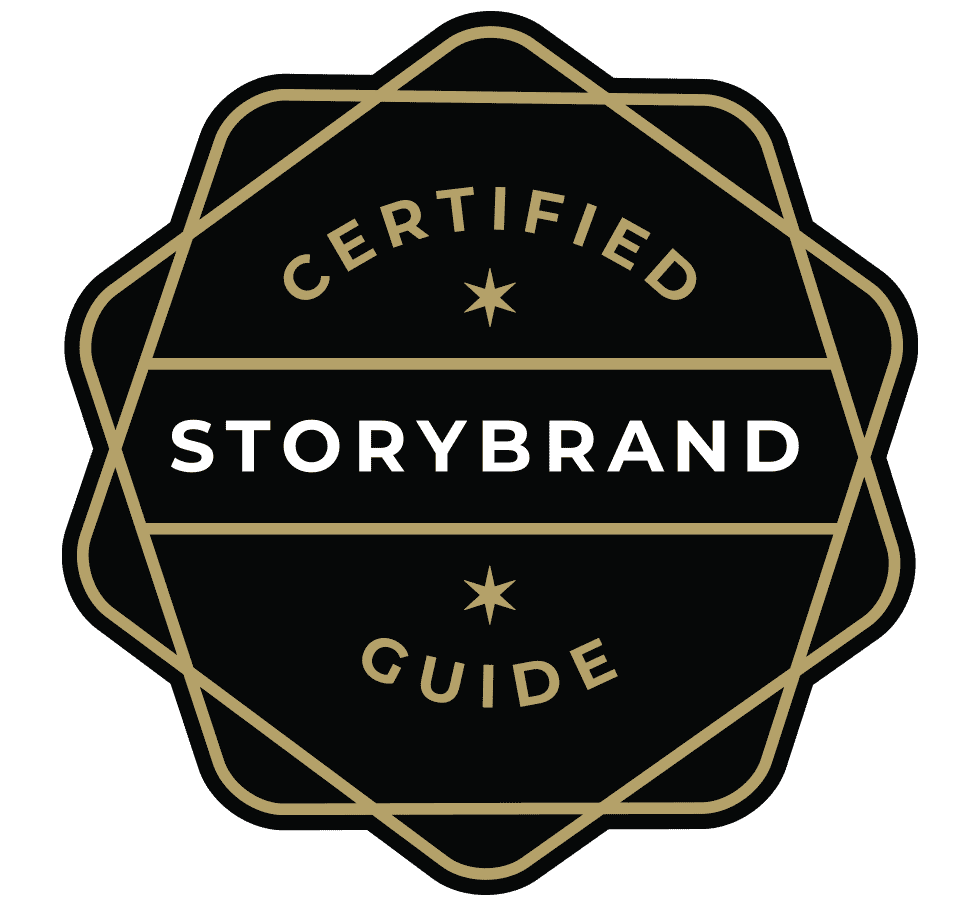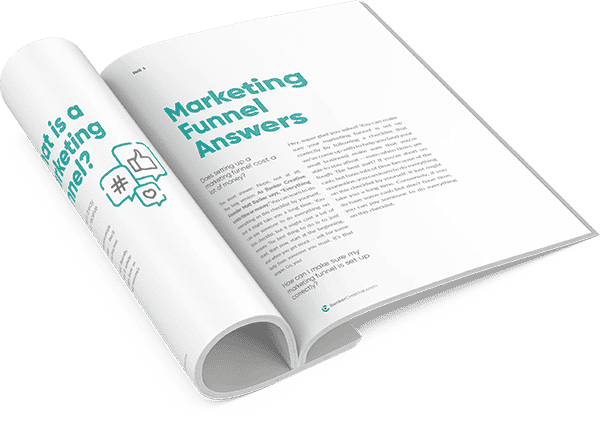The Attribution Mirage: Why Traditional Marketing Stats Don’t Show the Full Picture of B2B Marketing
Jan 24, 2022
Your funnel may have some blind spots. Here’s how to find out where they are.
Tracking digital marketing for businesses reliant on B2B marketing statistics… is it as simple as people say?
How do you know if your digital marketing is working in the B2B space? This is a big challenge that a lot of companies have. And part of the problem is you think about marketing as a linear process, right? The popular wisdom says that you post on LinkedIn or you run ads and when people click through to your blog, they sign up for your lead-generating PDF — like that ebook that you created.
And from there they get a series of nurture emails. And then eventually they say, “yeah, this is great. I want to buy it.” And they click through and hypothetically your software is going to be able to tell you how they came to you — and you’re going to be able to say great, that ebook worked well. So you think that ad worked well. Now let’s just put some more money into ads and we’ll get more customers. That’s how it’s supposed to work, right?
The reality of B2B Marketing in 2022: personal networks are still the most important way to purchase products
The reality is the way that most people buy in 2022 is through their own personal networks. This is not that different than it’s always been, but it’s easier than ever before for people who are in those spaces to find other people that they know — their peers. How? Well, that part may look familiar to anyone who does B2B marketing currently.
It could be private Facebook groups or discord servers, or slack channels. It’s conferences. It’s associations, all of that. If I want to know what kind of payroll software I should use for my company? I’m going to go to other people who are in my industry, other agency owners, and ask them who they use. And then they’re going to tell me what they recommend. It’s happening the same way with your business.
Dark Social — How to really think about your marketing funnel
So the research for that decision buying process is happening in what we call “dark social.” It’s happening in places where we can’t track it. So I think maybe a better example we can look at is how someone actually is going to buy from you, a person who’s completely unaware of your product or your service.
You post on LinkedIn. Someone sees it, forwards it to another person at the company, who looks at it and thinks “this is great.” And then they go and they read an article on your blog. And then they send a link of that to their boss who signs up and listens to a couple of episodes of your podcast and then tells their operations manager, “Hey, I think we should think about hiring these people.”
He goes in and he Googles your company name and he sets up a call to talk with one of your sales representatives and if you’re using attribution software, what you see is that that person came through organic search on Google. So you think We just need to put more money into SEO and organic search on Google because that’s how people are finding us, but that’s not really what is happening in your buying cycle. It’s just, that’s the last touch you’re able to identify. And so that’s what you think is working now, but it isn’t.
All this to say: it can be hard to correctly tag attribution.
Now there are changes with Facebook, iOS 14, where attribution is becoming more and more difficult. But if you’re doing a good job, with the fundamental core marketing techniques of educating your buyers, and being very clear in your messaging — that kind of stuff is timeless. It’s not going to change with the technology.
But you want to think about what are you actually tracking? What metrics are you using to determine if your marketing is working or not? At the end of the day, the thing that really matters for most B2B companies is you do need to be tracking how many people are filling out your contact form and saying, I would like to talk to you about hiring you or purchasing your product.
The simple attribution solution to add to your contact form today
Now the thing that you should do right away today is you should go to that contact form and you should add an open-ended field, just a text field that says, “how did you hear about us?” This should be required. You should not have any options to choose from. In fact, the reason you want it open-ended is because you want to get that qualitative data, which is exactly what you want to find out.
So what this will do is look backward from the people who do actually purchase from you. It will tell you how they found you. And then you can say, that’s the stuff that’s working. And we’re going to do more of that.
What you might find is that when you go back and you audit all of last year’s customers that you may find that there are a lot of things that you’re spending time, energy, and money on that are not actually showing up in that qualitative data and you’ll know none of that mattered. None of that actually led to a real purchase.
Avoiding the attribution mirage in B2B marketing
And so that qualitative, easy to fill out form, of “how did you hear about us?” will be a big help with interpreting these numbers. You look through it, and you’ll see the same things come up again and again. You’ll find out that you’ve got a couple of really core referral sources, a couple of champions, and some other customers that you’ve worked with or people that know about your product or your service who are referring people. They may be finding out through your social media channels or through other means, but that is really valuable data to track and understand.
And that is the type of attribution that you really should be tracking a hundred percent and you should be using that along with those other numbers. We sometimes call those other numbers vanity metrics. You know, the clicks, the likes, the number of views, all of that kind of stuff. Yes, it can be helpful to find out a piece of certain information about whether the content is engaging or not, but it’s not always necessary.
Getting caught up in those vanity metrics is what we call the Attribution Mirage. You can see data that says, oh, people are buying from us because of organic search. And that’s not actually what’s happening or you’ll see that people who are on your email list are clicking on that email. It’s going to be different for every company, but my advice is to be careful about what information you use and analyze, especially if it’s what you’ll base the rest of your marketing strategy on. Avoid the attribution mirage, find out where people actually heard about you — and you’ll be able to grow your business using metrics that matter. That way you can begin to create marketing content that actually works.
Share:

StoryBrand Websites
to help your business grow

The Internet is Open
How to Get More Sales with a Marketing Funnel
Your business deserves to be around for the long haul.
That’s why we created this guide. Get more sales with a strong marketing funnel. We’ll show you how.